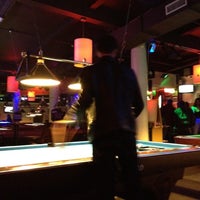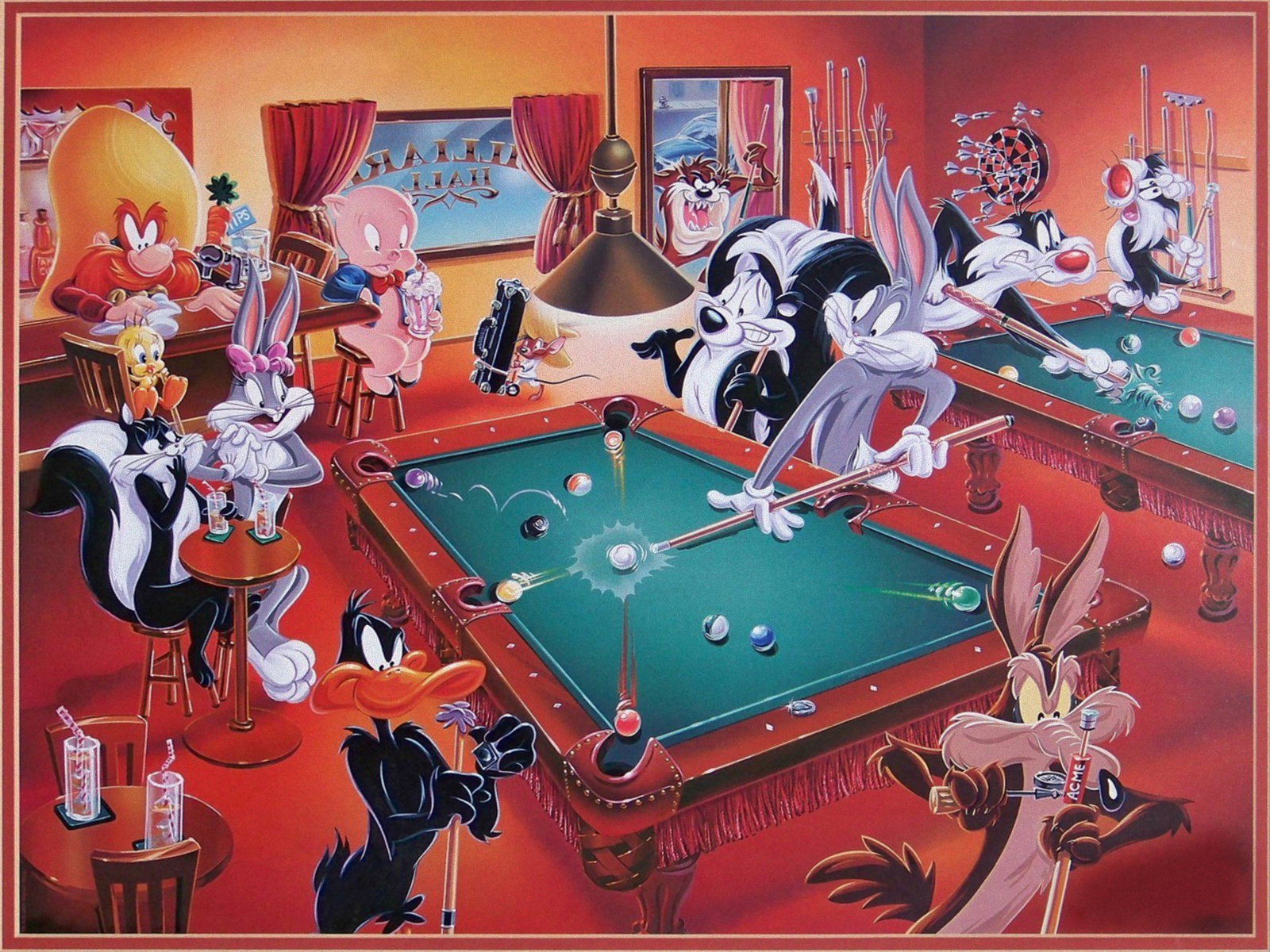

The word paume means palm in English, but in the context of European ball games it is perhaps best understood as the ancestral founder of a dynasty of games – jeux de paume –which are predominantly but not exclusively French, but all of which are descended from the act of striking a ball with the palm of a hand. The book, in its original French, is available from: Note: The Dedanists are very grateful for the opportunity to present extracts translated from Gil Kressmann’s perceptive and wide-ranging dictionary of tennis terms. This book is essential reading for anyone interested in real tennis, a game described encouragingly by Kressmann as 'requiring intelligence and skill, and both certainly much more than athleticism'.ĪLL you ever wanted to KNOW about TENNIS and other BALL GAMES but didn’t know where to look The introduction is by Kressman's sons - Roland and Gil - and we are indebted to the Dedanist Alastair Robson for his acute translation and consistently informative, wry, footnotes, as in his discussion of Etchebaster's 'upside down cut' of the 'American' or 'raillroad' serve, which leads him to quote Chris Ronaldson's warning to avoid contact between the head of the racquet and the shin of the left leg (if you're right-handed). The exception, in this case, is the half volley.Īt 61 pages, this book doesn't outstay its very warm welcome, and is all the better for it. The advice that I will take into my next game, though, and all games I hope hereafter, is this: 'Always hold the wrist beneath the head of the racquet'. I think that means it's harder for the receiver to play, but, at least as I execute it, that's not always the case.

Then there are moments of mysterious observation - 'The boast stroke does not allow much forgiveness'. And I need always to be reminded that 'the player must never stop looking at the ball'. For example, I had never fully appreciated the simple truth that 'the higher up the ball hits the tambour, the more it will be deflected towards the winning gallery opening'. And this reader's favourite: Think Before Acting. And this is the key - real tennis is a game, yes, but it is also a meditative exercise. Distilled from notes made by a French player, Édouard Kressman, after lessons given by the legendary Pierre Etchebaster at the New York club between 19, we are invited to consider the fundamentals of the game in terms that are almost shamanic in their simplicity. It is ostensibly aimed at beginners, but every player who has ever considered the complexities and collisions of possibilities of a game of real tennis will have at least as much to gain from it.


Published September 2019 by Ronaldson Publications £8.00 (+ £2.00 p&p)Įmail orders to payable to Ronaldson Publications, sent to: Ronaldson Publications 13A Linkside Avenue Oxford OX2 8HY: Tel: 01865 318183 and much more affordable than Etchebaster’s ‘Pierre’s Book’ (even if you could find a copy!).
#In a game of space billiards with albert at rest manual
It is a small but comprehensive manual of instruction from the era of ‘the classical game’, before the more modern style of play developed during the latter half of the 20th century: it is small enough to slip into one’s pocket for consultation in an idle moment, or when travelling on bus or train, or whilst in the dentist’s waiting room. It has now been made more widely available, in an English translation.Īs the original introduction stated: ‘The present booklet has no pretentions other than to make available to beginners and those wishing to improve their game, advice from the great champion, the Frenchman Pierre Etchebaster’. Alastair Robson)Ī collection of lessons given by Pierre Etchebaster – the World Champion from 1928-1954 - to Édouard Kressmann of Bordeaux in the 1950s on the art and technique of playing the game of real tennis was privately printed in 2017, in a limited edition. A MANUAL FOR THE APPRENTICE OF THE GAME OF REAL TENNIS


 0 kommentar(er)
0 kommentar(er)
